Fundamentally, energy conservation refers to utilizing less energy to save money and lessen the impact on the environment. Using less gas, electricity, or any other energy source that you purchase from your utility can achieve this. Because to the limited amount of energy resources on our planet. It is advantageous for both individuals and our larger energy systems to actively save energy wherever it is practicable.
There are numerous easy ways to conserve money and energy at home. If you use less energy at home, you can contribute to a reduction in carbon dioxide emissions. And the number of natural resources needed to power your house. There are many things you can do every day at home to reduce energy use. Even though commercial buildings can have a significant influence.
Your behaviour towards electricity
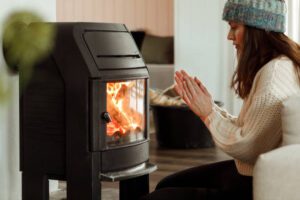 (Photo from istock)
(Photo from istock)
You don’t have to go out and buy energy-efficient equipment to lower energy use in your house and maximize your energy savings. Simple energy conservation measures include turning off lights and appliances when not in use. By doing household chores by hand. Such as washing dishes by hand or hanging up your clothes to dry rather than using an energy-hungry appliance, you can also use less energy overall.
Turning down your thermostat’s heat in the winter and using your air conditioner less frequently in the summer. These are the behavioural changes that have the greatest potential to reduce your energy use.
Following are a few points to conserve electricity:
Change your light blubs to converse electricity
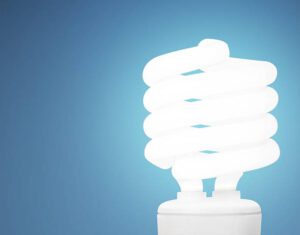 (Photo from istock)
(Photo from istock)
Conventional incandescent light bulbs use excessive amounts of electricity and require more frequent replacement than their energy-efficient counterparts. Compact fluorescent lights (CFLs), halogen incandescent bulbs, and light-emitting diode bulbs (LEDs) all use between 25 and 80 percent less electricity and have a lifespan of three to twenty-five times longer than conventional bulbs.
The government-backed logo for energy efficiency is called ENERGY STAR®. Because of this, if you search for the ENERGY STAR designation, you can be sure that the product or appliance you’re buying has a track record of energy efficiency. An ENERGY STAR-certified LED, for example, uses up to 90% less energy than an incandescent light bulb while producing the same amount of light.
Although energy-efficient bulbs are more expensive when purchased off the shelf, they are less expensive throughout their longer lifespan and efficient energy use.
Install a smart or programmed thermostat
When you are sleeping or gone, a smart thermostat can be programmed to automatically turn off or lessen the heating and cooling. Without having to change your HVAC system, you might save energy by adding a smart thermostat.
A smart thermostat might help you save about $50 a year, or 8% of your heating and cooling costs, according to ENERGY STAR. Savings may vary depending on your location’s environment. Personal comfort preferences. The number of occupants in your house, and the kind and age of your HVAC system. Several versions of smart thermostats can be programmed to meet your weekly plan.
Buy energy-efficient equipment
While purchasing an appliance, you should take into account two numbers. The initial purchase price and the yearly operating cost. Even while they might cost more up front, energy-efficient appliances typically result in lower monthly utility costs and energy costs.
The ENERGY STAR logo is a federal assurance that an appliance will use less energy while in use and when it is in standby than normal versions, so seek for it when buying an energy-efficient appliance. Depending on the appliance, different energy savings apply. In contrast to other washers, ENERGY STAR-certified clothes washers use about 20% less electricity and 30% less water, while ENERGY STAR refrigerators only use 9% less energy.
Your overall energy use is significantly impacted by the heating of your water. Use less hot water, lower your water heater’s thermostat, or insulate your water heater and the first six feet of your hot and cold water pipes are the other two ways to lower your water heating costs outside investing in an energy-efficient water heater.
Decrease the cost of water heating
Consider two things when replacing your old water heater with an efficient one: the fuel it will use and the sort of water heater that best suits your needs. For instance, tankless water heaters are economical in terms of energy use, but they are also a bad option for households with many people because they are unable to provide hot water for several people at once.
Install windows that are energy-efficient
Windows use a lot of energy inefficiently. The DOE points out that 25 to 30 percent of the energy used for heating and cooling typical homes comes from heat gain and loss through windows. To stop heat leaking via your windows, replace single-pane windows with double-pane ones.
“Low-e” storm windows are more insulating for homes in colder climates and can drastically lower your heating costs. Furthermore, interior or exterior storm windows made of low-e glass can reduce wasteful heat loss by 10% to 30%. If extreme weather events happen in your neighbourhood frequently, you should give storm windows additional consideration.
Improve the HVAC system to save electricity
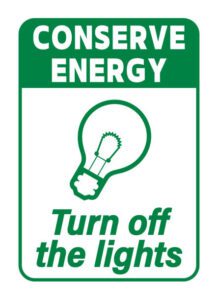 (Photo from istock)
(Photo from istock)
Equipment for heating, ventilation, and air conditioning makes up an HVAC system. By replacing your old heating and cooling equipment with ENERGY STAR certified equipment; you can lower your annual energy costs. Make sure the HVAC system you choose is enough for your environment, whether you choose heat pumps or a natural gas furnace.
Installing heat pumps, which heat and cool your home, is an option for HVAC systems. If not, two systems will be required to do both tasks. Such as an air conditioner to cool your home and a furnace or boiler to heat it.
According to ENERGY STAR, central air conditioners that have earned the certification have higher seasonal energy efficiency ratio (SEER) and energy efficiency ratio (EER) scores and use 8% less energy than comparable new models.
The third part of an HVAC system, ventilation, can also be upgraded to increase energy efficiency. A network of ducts makes up a ventilation system, which distributes hot and cold air throughout your house. Your annual heating and cooling costs may increase by several hundred dollars if these ducts are improperly sealed or insulated. Your heating and cooling costs could be cut by up to 20% with proper insulation and ventilation system upkeep.
Reference:
energysage
Want to take care for your environment, click on the link below:
How to take good care of the environment

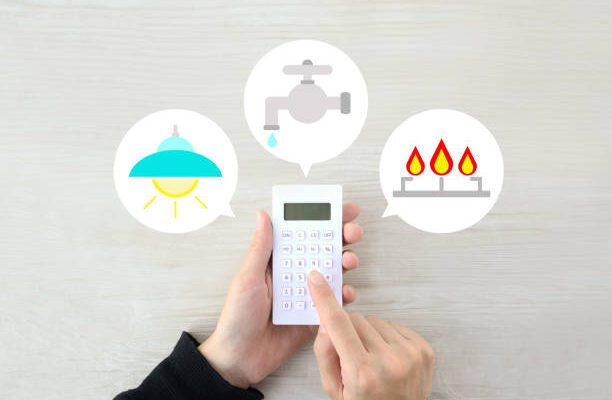
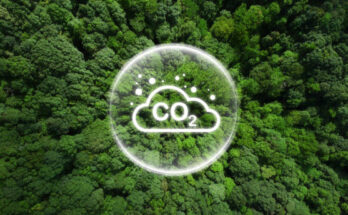
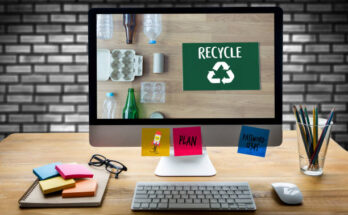

2 Comments on “How to Conserve Electricity Effectively”